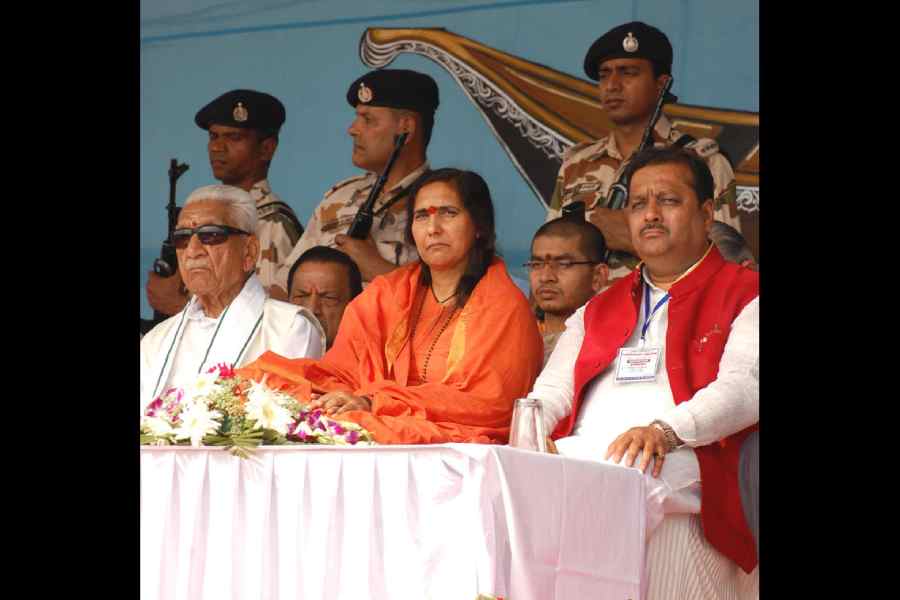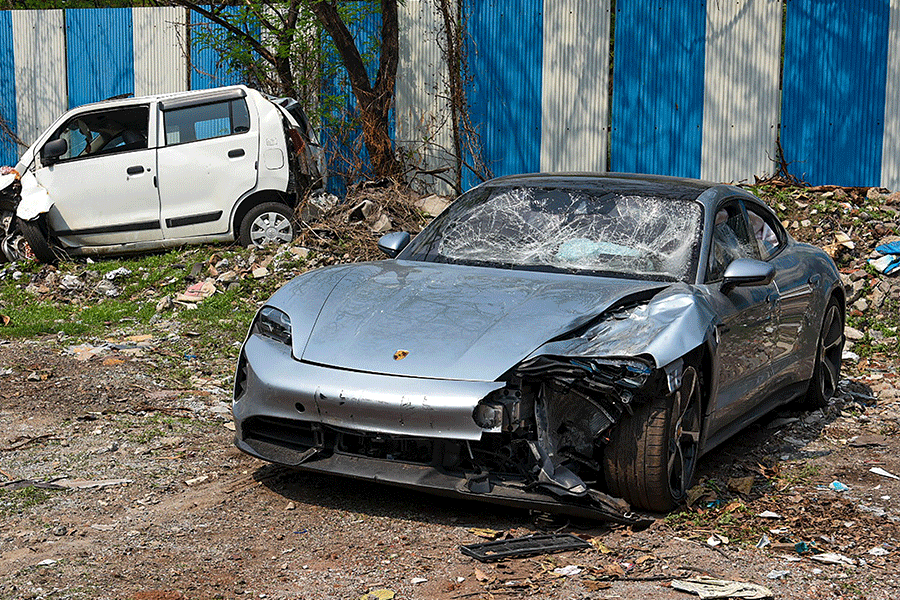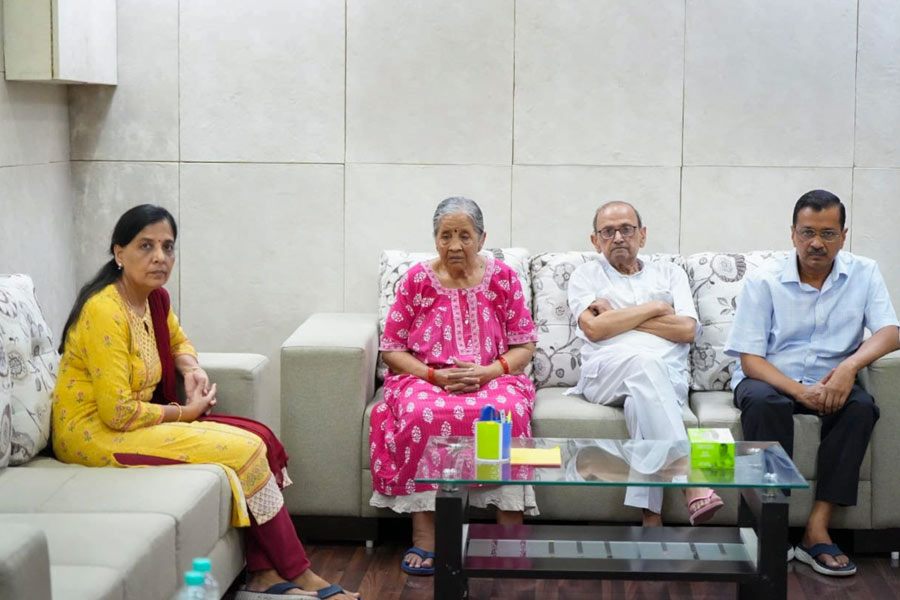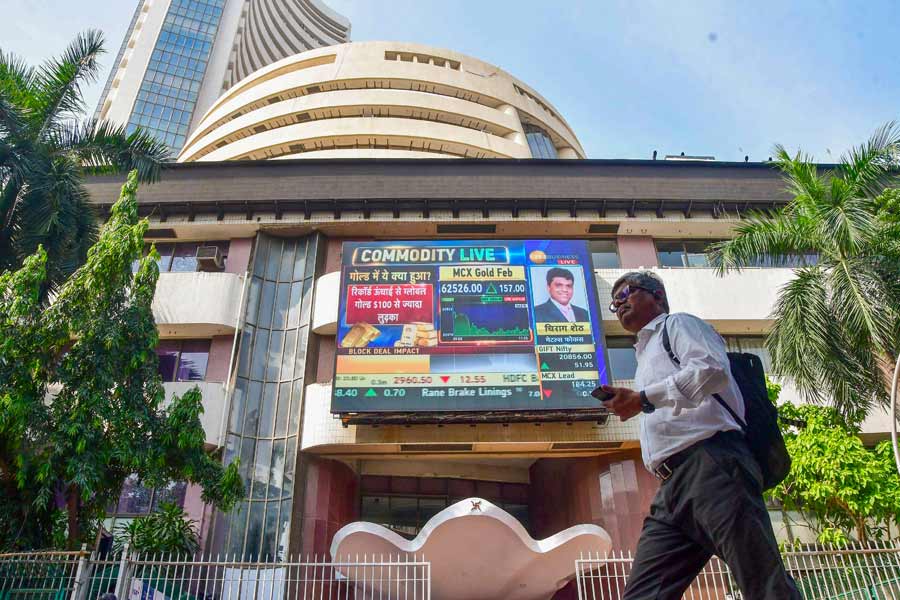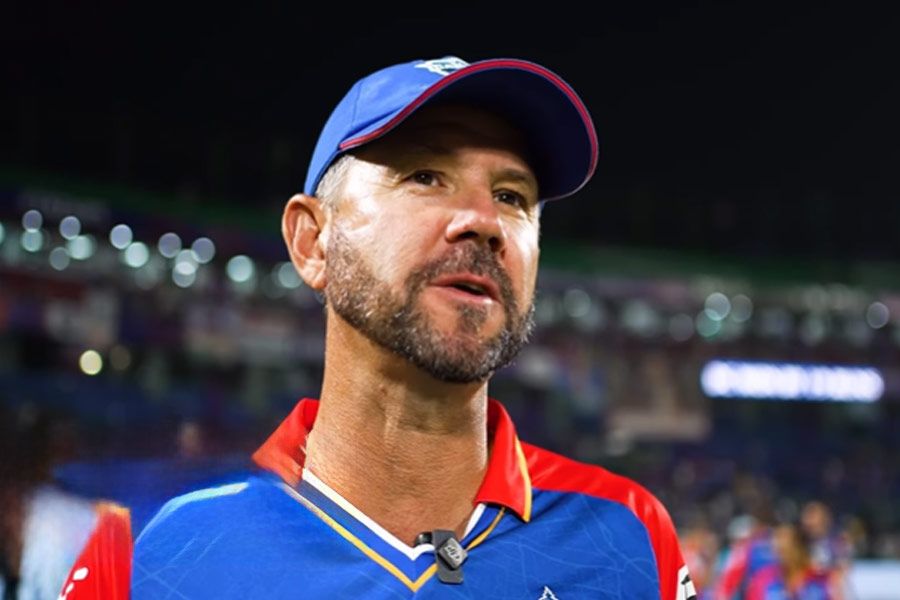Studies of voting behaviour in Western democracies suggest that voter turnout is high in middle and upper-middle class localities. At least this was so in the United States of America till both Barack Obama and Donald Trump managed, at different times, to motivate the underclass to register and vote. In India, the pattern is the opposite. Here, it is the poor, the lower middle classes and other disadvantaged sections that tend to make up the queues on polling day. The chattering classes whose voices are loudest in non-election seasons often prefer a long weekend with the family to long queues with the great unwashed.
The inverse social correlation between political discourse and voter participation has created a uniquely Indian problem: the disavowal of the political culture by the commentariat and a section of the elite.
Intervening on social media, a well-regarded chronicler of contemporary India recently complained that “In fifty years of observing Indian elections I have never seen such vile and hate-filled rhetoric. Every day the ruling party and its top leaders plumb a new low. It is for Hindus above all to stand up and say: These bigots do not speak in our name.”
In a similar vein, a cultural commissar whose social media timeline is full of agonised posts on Gaza wrote in exasperation: “Another month to go before the polls end and during this period we will continue to be subjected to dog whistles, campaign of hatred, and demonizing a community in the name of religion! Wish actual issues were debated, including hunger, better health care, corruption, environment, etc.”
There are many things that are common to both posts. Apart from the tone of despondency and disgust — India’s political culture hitting a new low — there is further disappointment that the barbarians will not be driven away. Despite the invocation to Hindus to embrace Enlightenment, both posts seem reconciled to the fact that the dog whistles and “vile and hate-filled rhetoric” will prevail. In short, Narendra Modi will get his third term.
In another age, rubbishing the Bharatiya Janata Party for its explicit identification with the country’s religious majority would have been implicitly linked to a vote for the so-called ‘secular forces’ that dominated politics prior to 2014. Unfortunately for them, the ‘secular forces’ are in a mess and seem unlikely to forge an alternative to Modi. A ‘No Vote to BJP’ platform may have some meaning for intellectuals in Bengal, Kerala and Tamil Nadu, but it could well be construed as a vote for NOTA elsewhere.
Unlike 2019, when a section of the intelligentsia and the commentariat was convinced that Modi had outlived his acceptability, the outcome of the 2024 general election seems pre-determined. In the immediate post-2014 aftermath, when it was made out that Modi’s victory was a black swan event, various notables were encouraged to unnerve the regime by returning State honours (award wapsi) in protest over localised acts of intolerance. Similar grandstanding was absent from the domestic scene during Modi’s second term. The revolt of the intellectuals in the past five years — and I am not including the anti-CAA riots of 2019 — has largely been in the form of letters and petitions by India-watchers in Western universities and retired IAS/IFS officers. Their greatest impact has been in persuading editors in mainstream publications of the West that Modi constitutes a grave danger to India’s democracy.
The absence of any coalition to challenge the BJP has dampened the ardour of the intellectual mobilisation that happens during elections. In the post-Kargil election of 1999, when the Congress imagined it was on the cusp of a major political recovery, it funded a lavish anti-BJP advertisement campaign by Communalism Combat, a non-governmental organisation headed by Teesta Setalvad. Even earlier, during the 1991 general election which was held in the shadow of L.K. Advani’s rath yatra for the construction of a Ram temple in Ayodhya, the Congress was in the forefront of mobilising intellectuals to create a mood hostile to the BJP. It was in 1991, however, that it became apparent that the Congress had ceased to be a force in the Ganga belt. If it hadn’t been for the tragic assassination of Rajiv Gandhi just prior to the second phase of a three-phase election that boosted the Congress’s fortunes in Maharashtra and southern India, it would have been upstaged as the number one party by the BJP. This big shift happened in 1996.
The 1991 election also witnessed the most explicit demonstration of the communal schism in society. The speeches of Sadhvi Rithambara, who toured the Hindi heartland mobilising in favour of building a Ram temple in Ayodhya, have been dissected and analysed in detail by countless scholars. Whatever its other attributes, it is quite clear that today’s dog whistles and campaigns of hatred that the Modi-hating scholars and public intellectuals berate seem risqué limericks compared to the drumbeats of both Hindu and Muslim leaders then. To suggest that the rhetorical exchanges of the 2024 campaign cross the limits of constitutional decency is akin to the US campus protestors believing they too are experiencing war. There are no safe zones in the real world of politics and the indignant souls are being needlessly precious.
They are also guilty of misusing their status as historians to gloss over past horrors. Coming immediately after the assassination of Indira Gandhi, a bloody act that aroused fears of the unity of India, the election of 1984 was an entirely one-sided affair. The Congress strategists went out of their way to pit the strongest candidates against Opposition stalwarts and left absolutely nothing to chance. Not only was the martyrdom of Indira Gandhi emotionally exploited to the hilt through slogans — ‘Indiraji ka antim ichcha, boond boond se desh ki raksha’ — a drive for hate was launched against Sikhs through a very powerful advertisement campaign. One of them asked if we were willing to allow the country’s borders to be brought to our doorstep.
Rajiv Gandhi’s was the most obvious babalog dispensation in recent history. In 1984, the Congress won over 400 Lok Sabha seats, polling 48% of the popular vote. Apart from Andhra Pradesh and West Bengal, the Opposition was decimated, with the BJP winning just two seats. This mother of all victories was made possible by the most determined hate campaign run by English-speaking friends of Rajiv, not the political Hindus in need of atonement. That is why their misdeeds are sought to be airbrushed from the pages of history.

